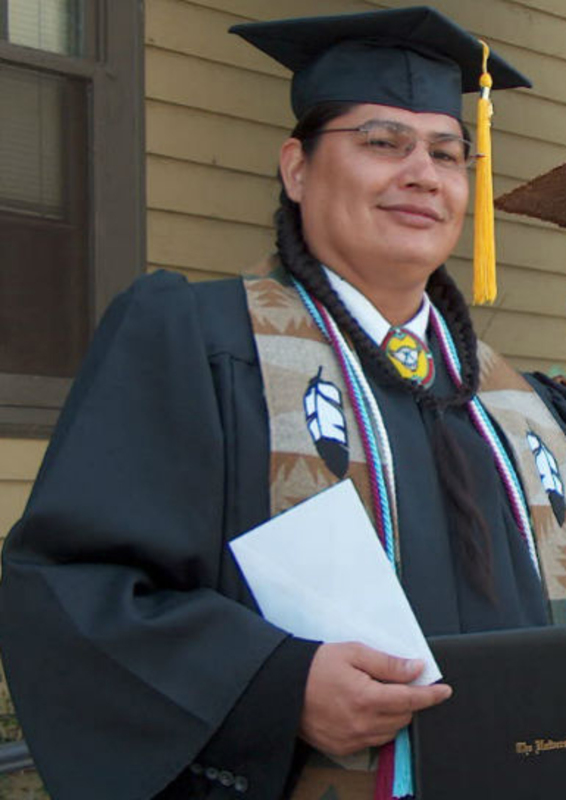This piece appeared in the Moscow-Pullman Daily News
November 11th is a date of great historical significance as well as a day with contemporary meaning. On the 11th hour of the 11th day of the 11th month in 1918, World War I officially ended. Known as Armistice Day around the world, the yearly anniversary quickly gained significance in the United States as a day to remember the service and sacrifice of those who served in the Armed Forces. By 1954, when President Eisenhower officially recognized November 11th as Veterans Day, service members and their families had endured another world war and the Korean War. For more than 100 years, this day has provided time to thank those who have answered the call to serve and have defended the Constitution and the United States of America.
University of Idaho students, faculty, and staff have a particularly long history of service to the country. Every armed conflict since the Spanish-American War has seen involvement from the U of I community. This remarkable record of commitment to the military is in no small part due to the very establishment of the university through the Morrill Act of 1862. That legislation allowed for the creation of institutions commonly known as land-grant universities. Each state was granted 30,000 acres of federal land that was to be used for the creation of a college “in order to promote the liberal and practical education of the industrial classes in the several pursuits and professions in life.” These schools, expressly intended for the masses, were required to offer courses in agriculture and mechanical arts, as well as military tactics. Though the Reserve Officer Training Corps (ROTC) was not officially established at U of I until 1917, military sciences were taught as early as 1894 by 2nd Lieutenant E.R. Chrisman.
There is much to be admired about the push to open higher education to men and women who otherwise would have been excluded from elite, private colleges. It should be acknowledged, however, that the lands granted to states were first wrested from the hands of indigenous people who had called it their home for time immemorial. Dispossession of their land is just one of many forms of discrimination and mistreatment that Native Americans have faced over the last several hundred years. Despite such injustices, Native Americans have a proud and distinguished record of military service that stretches back to the Revolutionary War. According to the USO, “Native Americans serve in the United States’ Armed Forces at five times the national average.”
Native Americans at the University of Idaho are part of that tradition of service. Sammy L. Matsaw, Jr., of the Shoshone-Bannock and Oglala Lakota entered military service immediately after graduating high school and went on to serve as an infantry platoon sergeant in Iraq from 2004 to 2005. Matsaw’s enlistment enabled him to utilize the G. I. Bill to pursue a PhD in Water Resources from U of I. James Holt, Sr. is an influential Nez Perce tribal member and a United States Marine Corps veteran. In 2009 he gained his B.S. in Environmental Science from the University of Idaho and later a Certificate in Diversity and Stratification. Earlier generations of service members include Horace Axtell, who earned an honorary doctorate and the President’s Medallion from the university in 2012. Axtell enlisted in WWII before graduating from high school and served in the Pacific theater. Upon his passing in 2015, the Nez Perce Elder’s obituary read in part “his war stories were re-told over and over to his children and grandchildren and will forever be in our memories.”
The convergence of Veterans Day and Native American Heritage Month provides an opportunity to reflect on the service of indigenous soldiers to a country that has always been theirs but has not always treated them with respect and equality. There are a number of books available at the University of Idaho Library that can inspire and enlighten us all about this important facet of military history.


![Military Science Cadets [2]](https://webpages.uidaho.edu/library/spec/harvester/objects/small/pg1-208_004_sm.jpg)
![Military Science Cadets [1]](https://webpages.uidaho.edu/library/spec/harvester/objects/small/pg1-208-010_sm.jpg)

